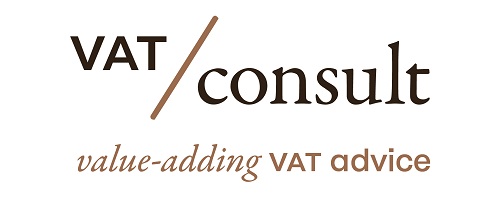This short paper discusses the introduction of a general reverse-charge mechanism in the EU VAT system to address missing trader fraud. It argues that this move presents significant disadvantages, the most important of which is that it effectively transforms the VAT into a de facto Retail Sales Tax (RST), by removing the self-enforceability features that characterises it. It concludes that whilst a generalised reverse-charge mechanism may well kill missing trader fraud, in the process it may also give birth to a widespread, more fundamental, VAT compliance problem that will be much harder to either contain, or combat.
Source: Rita de la Feria
Latest Posts in "European Union"
- ECJ Clarifies Pre-2015 VAT Rules for Online App Sales Through EU Marketplaces
- VAT Calculation in Four-Party Supply Chains: Application of Triangular Transaction Rules in the EU
- Dispute Over Royalties and VAT for Unauthorized Public Communication of Protected Music Works in Romania
- EU Proposal: Granting EPPO and OLAF Access to VAT Information to Combat Fraud and Corruption
- Malaga Bids to Host European Union Customs Authority Headquarters Amidst Strong European Competition













